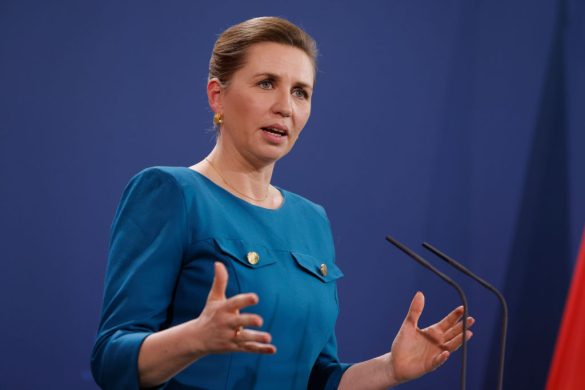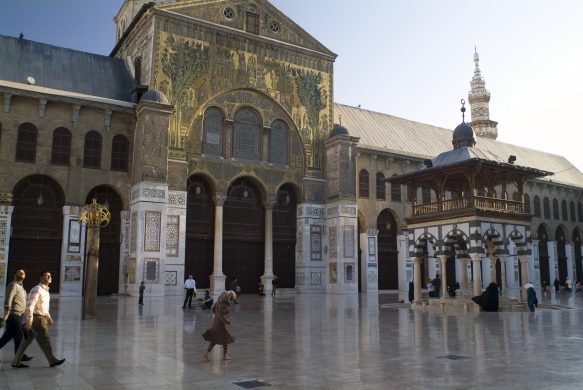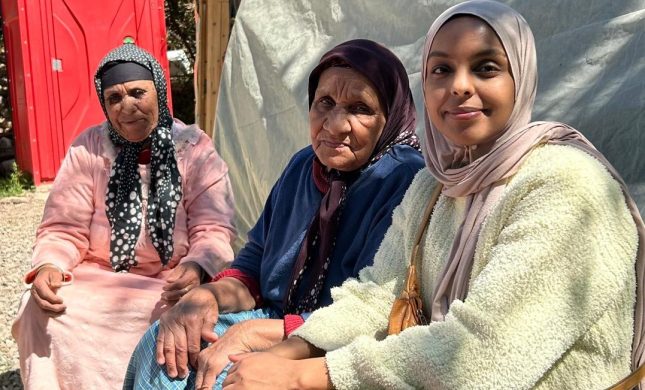WASHNGTON, August, 26, 2009: Bangladesh is among the top ten remittance-receiving countries globally. Globalization of labor markets has provided a unique opportunity for the poor and unskilled people in Bangladesh to improve their lives. In 2008 around 5,8 million workers were employed overseas, remittance flows amounted to around 10 per cent of GDP.
But who benefits from this and to what extent?
A World Bank paper, “Who migrates overseas and is it worth their while? An assessment of household survey data from Bangladesh”, takes a closer look on who and how people migrate abroad, where the remittance is used and whether the benefits from migrating are greater than the costs. The migrant focused survey during 2007 helps to understand to what extent the potential for migration is realized.
The analysis shows that typical Bangladeshi international migrant tends to be:
Young males with seven years of education on average;
They migrate mostly to Saudi Arabia, UAE, Kuwait and UK to work for about 6 years;
The probability of an individual migrating increase with age, peaking at 44; and
Migration probability increases with education level, equivalent to 9 years of schooling
How do they migrate for overseas employment?
54 per cent of the migrants rely on friends and family, while 41 per cent are dependent on employment agents based in Bangladesh;
The total upfront cost averages Taka 161,345(~ $2300) – almost five times Bangladesh’s per capita income; and
To finance this upfront cost, 28 per cent of the migrants rely on their own cash savings, 21 per cent are supported by friends and family and a significant 12 per cent need to sell off assets
This is indicative of a significant potential demand for loans from the formal sector to finance the upfront cost since migrants are able to pay it off in a year and a half to two years.
What are the household level impacts of remittances?
Migrants on average remit Taka 101,579 per annum (2,4 times per capita GDP) in 4-5 installments;
Monthly per capita expenditures are significantly higher for migrant households compared with non-migrant households;
Migrant households eat better (more fish and meat), dress better, buy more household appliances, and save a good part of their remittance receipts;
There is no significant difference between migrant and non-migrant households in terms of per capita expenditures on health and education, vehicles, jewelry or pots and pans and land acquisition;
Migrant households also spend significantly more on modern agricultural inputs (fertilizer and seeds) than non-migrant households; and
Migrant households have larger outstanding loans
Public policy promoting access to migration opportunities for the poor can contribute to accelerating the pace of poverty reduction. On the whole, financing for migration is difficult for the poor. This is an area in which microfinance institutions can play a vital role in providing financial service to make migration accessible to those who are otherwise constrained.
There is also a need to better regulate domestic manpower agencies. Active information campaigns on the costs of migration, the risks, overseas job conditions, and migrant rights are vital to explicitly target at promoting migration from all regions of Bangladesh.
Kilde: www.worldbank.org















